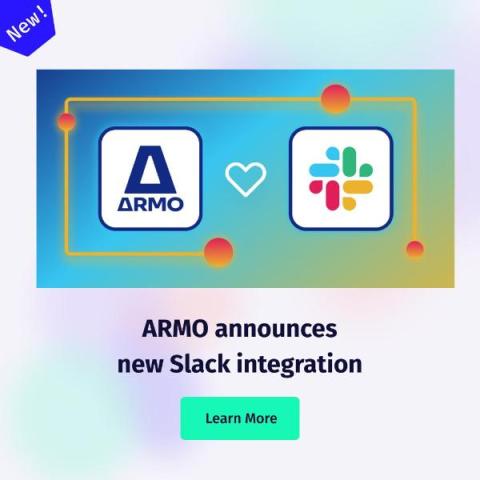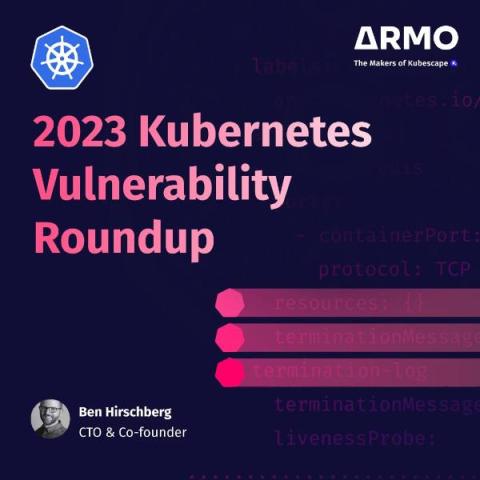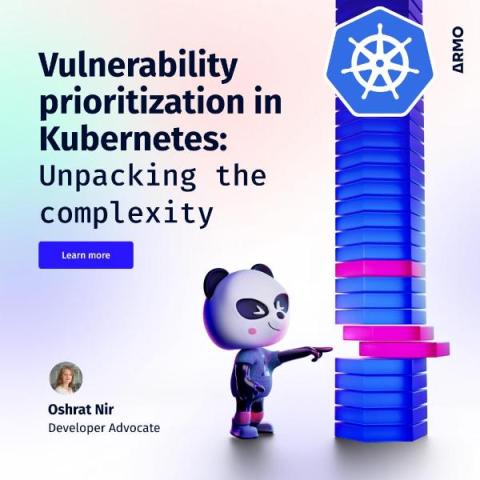Are you looking for vulnerabilities in the right places?
With the rapid pace of technological evolution, ensuring security within the systems we operate and the software we deploy has never been more crucial. In the world of vulnerability management, we’ve moved from scanning Linux hosts to scrutinizing container images. However, are we looking for vulnerabilities in the right places?











